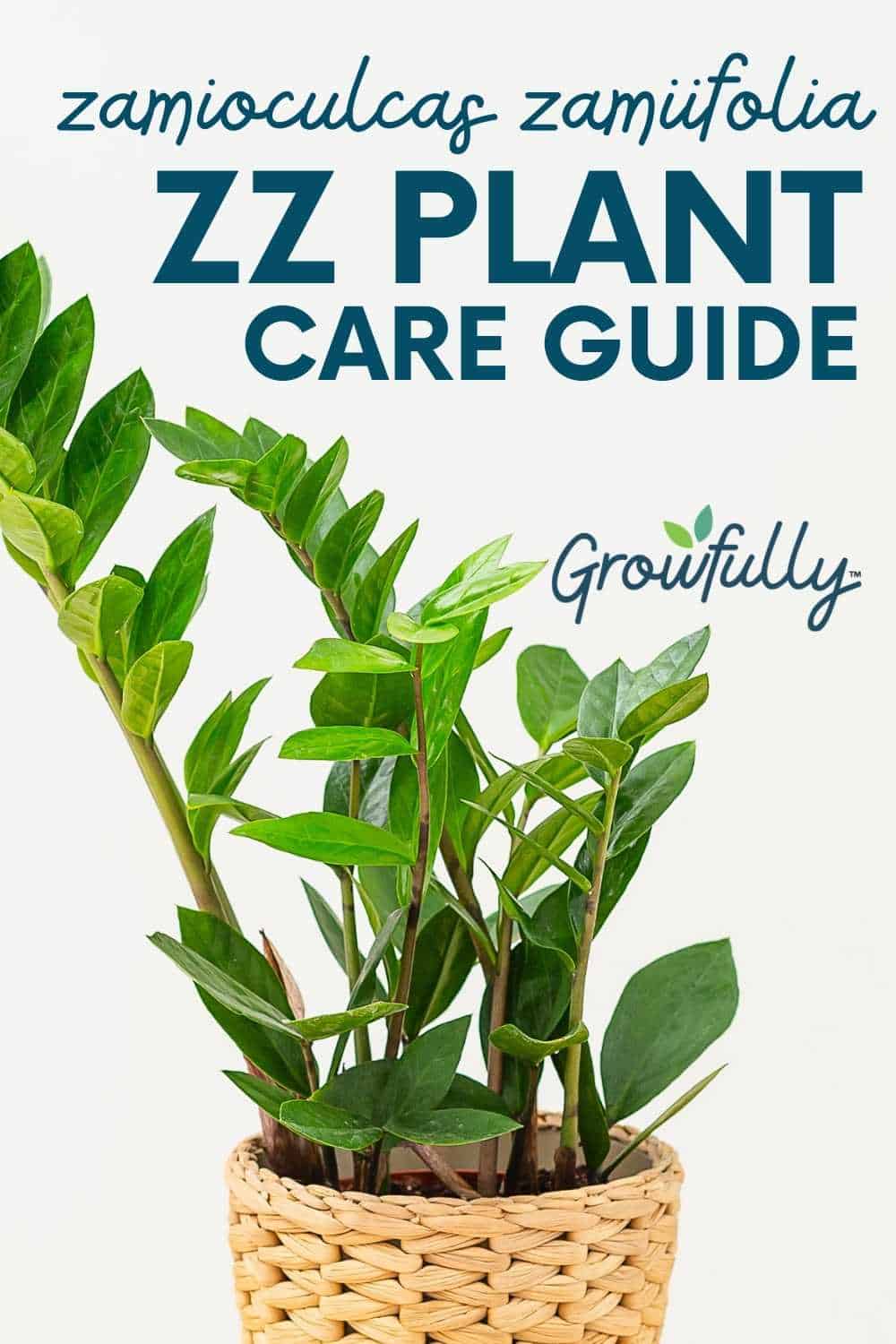
Source growfully.com
Welcome to our comprehensive guide on ZZ plant indoor care. If you’re a plant enthusiast or a beginner looking to add a touch of greenery to your indoor space, the ZZ plant is a perfect choice. With its low maintenance requirements and striking appearance, the ZZ plant has become a popular houseplant in recent years. In this article, we will cover everything you need to know about caring for your ZZ plant to ensure its healthy growth and longevity.
1. Choosing the Perfect Spot for Your ZZ Plant
Providing Adequate Light
ZZ plants thrive in medium to low light conditions, making them ideal for areas where other plants struggle to survive. Place your ZZ plant near a window with filtered or indirect sunlight. Avoid exposing it to direct sunlight as it can scorch the leaves. If you have limited natural light in your space, you can also use fluorescent lights or grow lights to supplement the plant’s lighting needs.
Temperature and Humidity Requirements
ZZ plants are native to regions with hot and dry climates, so they prefer a temperature range between 60°F and 75°F (15°C to 24°C). They can tolerate slightly cooler temperatures at night. As for humidity, ZZ plants can adapt well to average indoor humidity levels. However, they can also tolerate drier air conditions, making them suitable for areas with low humidity.
2. Watering and Soil Requirements
Watering Guidelines
One of the biggest mistakes in ZZ plant care is overwatering. ZZ plants are drought-tolerant and store moisture in their rhizomes, making them highly resistant to dry spells. Allow the soil to dry out partially between waterings. Insert your finger about an inch deep into the soil; if it feels dry, it’s time to water your plant. Remember, it’s better to underwater than overwater your ZZ plant.
Well-Draining Soil Mix
The right soil mixture is essential for the health of your ZZ plant. Use a well-draining potting mix that allows excess water to escape and prevents waterlogged roots. A mix of peat moss, perlite, and sand creates an ideal environment for your ZZ plant’s roots to thrive. Avoid heavy soils that can trap moisture and lead to root rot.
3. ZZ Plant Propagation
Propagating through Division
Propagating ZZ plants is relatively easy and can be done through division. Carefully remove the plant from its pot and separate the rhizomes into sections, ensuring each section has both roots and leaves. Plant these sections into separate pots with well-draining soil mix. Keep the new plants in a warm and humid environment, watering lightly until they establish roots.
Propagating through Leaf Cuttings
An alternative method for ZZ plant propagation is through leaf cuttings. Select a healthy leaf and trim it into several sections, each section being around two inches long. Allow the cuttings to dry for a day or two, then plant them horizontally in moist potting mix. Place the pot in a warm and bright location, ensuring the soil remains consistently moist. New growth should emerge within a few weeks.
4. ZZ Plant Care: A Detailed Breakdown
| Aspect | Care Guidelines |
|---|---|
| Watering | Allow the soil to dry partially between waterings and avoid overwatering. |
| Light | Place in medium to low light conditions, away from direct sunlight. |
| Temperature | Maintain a temperature range between 60°F and 75°F (15°C to 24°C). |
| Humidity | Tolerates average indoor humidity levels but can adapt to lower humidity as well. |
| Soil | Use a well-draining potting mix to prevent waterlogging. |
5. Frequently Asked Questions about ZZ Plant Indoor Care
Q: How often should I water my ZZ plant?
A: ZZ plants prefer to dry out partially between waterings. Water your ZZ plant when the top inch of the soil feels dry to the touch.
Q: Can I keep my ZZ plant in a window with direct sunlight?
A: ZZ plants are adaptable to low-light conditions, but direct sunlight can scorch their leaves. It’s best to place your ZZ plant in a spot with filtered or indirect sunlight.
Q: What kind of fertilizer should I use for my ZZ plant?
A: ZZ plants are not heavy feeders, and too much fertilizer can harm them. Use a balanced, water-soluble fertilizer at half strength once every three to four months during the growing season.
Q: How do I prevent pest infestations on my ZZ plant?
A: ZZ plants are relatively pest-resistant, but they can occasionally face mealybug or spider mite infestations. Regularly inspect your plant for signs of pests, and if detected, treat them with insecticidal soap or neem oil.
Q: Can ZZ plants survive in low humidity environments?
A: Yes, ZZ plants are highly adaptable and can tolerate average to low humidity conditions. They are a great choice for areas with dry air.
Conclusion
Now that you have a solid understanding of ZZ plant indoor care, you can confidently grow and nurture this beautiful houseplant. Remember to provide the right light, watering, and temperature conditions for your ZZ plant’s optimal growth. With minimal effort, you can enjoy the lush and glossy foliage of the ZZ plant for years to come.